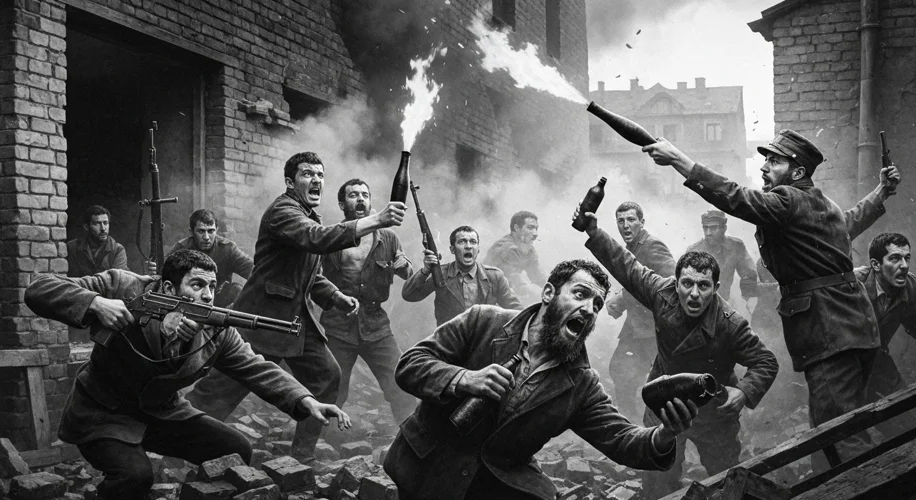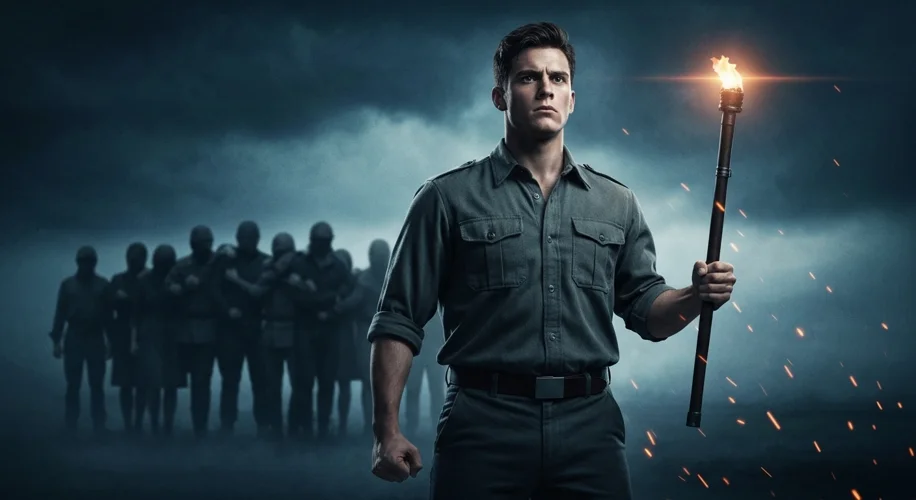The Holocaust stands as a stark testament to humanity’s capacity for unimaginable cruelty. Yet, even amidst the suffocating darkness of Nazi persecution, embers of defiance glowed. These were not tales of grand armies or victorious battles, but stories of profound courage found in the most desperate of circumstances: the acts of resistance undertaken by Jews and other targeted groups against their oppressors.
In the ghettos, in the forests, and even within the very walls of the death camps, individuals and groups refused to succumb to despair. Their resistance took many forms, from acts of quiet defiance and the preservation of culture to sabotage and armed struggle. These were not futile gestures; they were assertions of dignity, declarations of humanity in a world intent on stripping it away.
Consider the Warsaw Ghetto Uprising of 1943. For nearly a month, a ragtag group of Jewish fighters, armed with little more than pistols and Molotov cocktails, held off the might of the SS. Their bravery, though ultimately outmatched, sent a powerful message that the Nazis would not have an easy conquest. It was a desperate stand, a refusal to be led passively to slaughter. Mordechai Anielewicz, the young leader of the Jewish Combat Organization (ŻOB), became a symbol of this fierce resistance, his final testament speaking of the unyielding spirit of his people.

Beyond the ghettos, armed resistance flourished in the forests surrounding occupied Europe. Partisan groups, comprised of escaped Jews and other persecuted individuals, waged guerrilla warfare against Nazi forces. They disrupted supply lines, sabotaged infrastructure, and rescued those fleeing persecution. The Bielski partisans in Belarus, for example, not only fought the Nazis but also provided refuge for thousands of Jews, establishing a community within the wilderness – a testament to survival and collective action.
Even within the notorious death camps, resistance flickered. The Sobibor extermination camp revolt in 1943 saw prisoners overpower their guards and escape. Similarly, the Sonderkommando uprising at Auschwitz-Birkenau in October 1944, though brutally suppressed, demonstrated an extraordinary act of defiance. These prisoners, forced to work in the gas chambers and crematoria, managed to blow up a gas chamber and kill several SS officers before being massacred themselves. Their sacrifice, while tragic, was a final, defiant roar against their tormentors.
These acts of resistance were not solely about armed struggle. The preservation of Jewish culture and identity was a powerful form of defiance. In the ghettos, clandestine schools operated, secret libraries were maintained, and religious practices continued, often at immense personal risk. The Oneg Shabbat archive in the Warsaw Ghetto, meticulously documenting life and death, was a testament to the commitment to bear witness, to ensure that the world would not forget.
Different groups faced unique challenges and expressed their resistance in ways suited to their circumstances. Roma communities, also targeted by Nazi genocide, engaged in acts of resistance, including joining partisan groups and participating in uprisings. Political opponents of Nazism, such as communists and socialists, often organized underground resistance networks that included sabotage and intelligence gathering.
Each act, no matter how small, chipped away at the illusion of Nazi invincibility. Each life saved, each act of sabotage, each preserved piece of culture was a victory against a regime bent on total annihilation. These stories of resistance are not just footnotes to the Holocaust; they are integral to its narrative, revealing the indomitable spirit of those who refused to be extinguished.
Understanding these acts of resistance is crucial. They remind us that even in the darkest of times, humanity’s capacity for courage, solidarity, and the fierce will to survive can shine through. These were not passive victims; they were people who, when given the chance, fought back with every fiber of their being, leaving an indelible legacy of defiance against unimaginable evil. Their stories, often untold, deserve to be remembered and honored.

